The Flow of Meaning
At Sunrise Ranch, we have just completed the Becoming a Sun Workshop, a four-day program based on my book Becoming a Sun: Emotional and Spiritual Intelligence for a Happy, Fulfilling Life. For the first time, I didn’t lead the workshop.

Recent Comments